
cd_nom
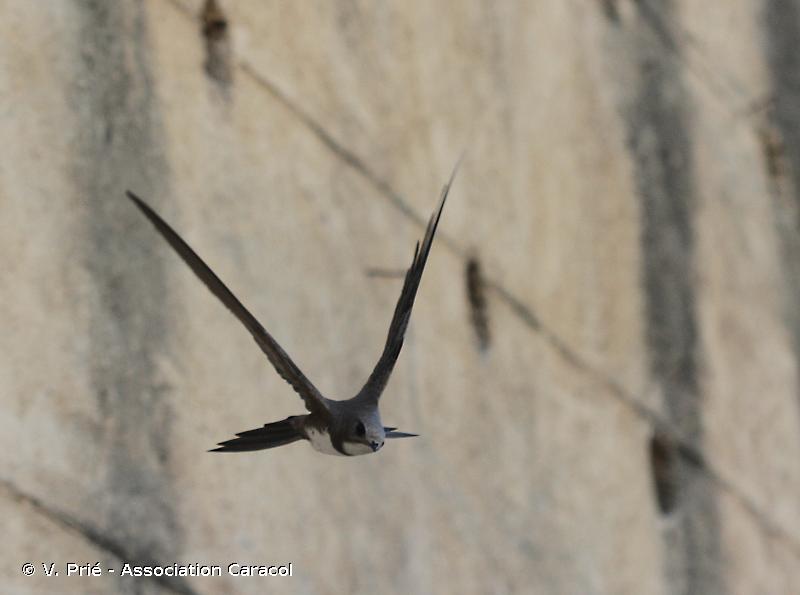
| Author : V. Prié - Association Caracol |
 |
To get the picture, please visit:
Vincent Prié
Association Caracol
84 chemin du Castellas 34700 Lodève
email : inpn@mnhn.fr
Despite the Creative Commons license, please inform the author of the use which will be made of his photo
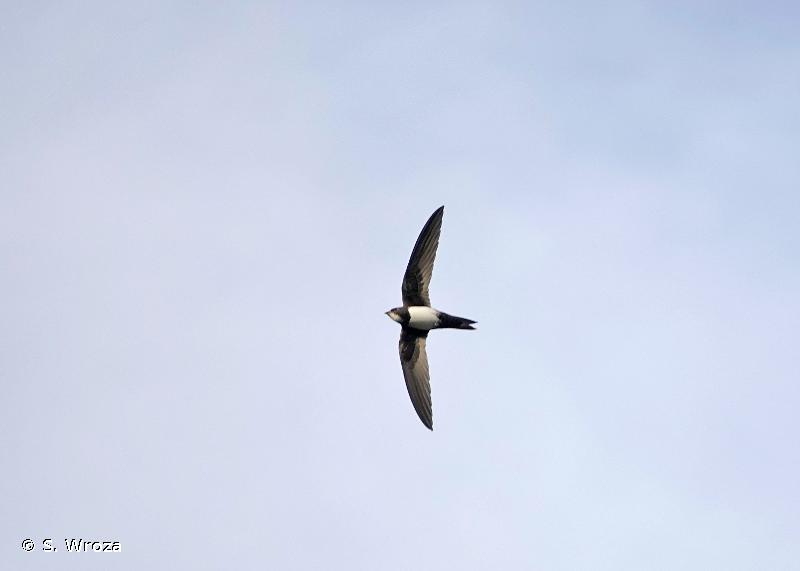
| Author : S. Wroza |
 |
Despite the Creative Commons license, please inform the author of the use which will be made of his photo

| Author : V. Prié - Association Caracol |
 |
To get the picture, please visit:
Vincent Prié
Association Caracol
84 chemin du Castellas 34700 Lodève
email : inpn@mnhn.fr
Despite the Creative Commons license, please inform the author of the use which will be made of his photo
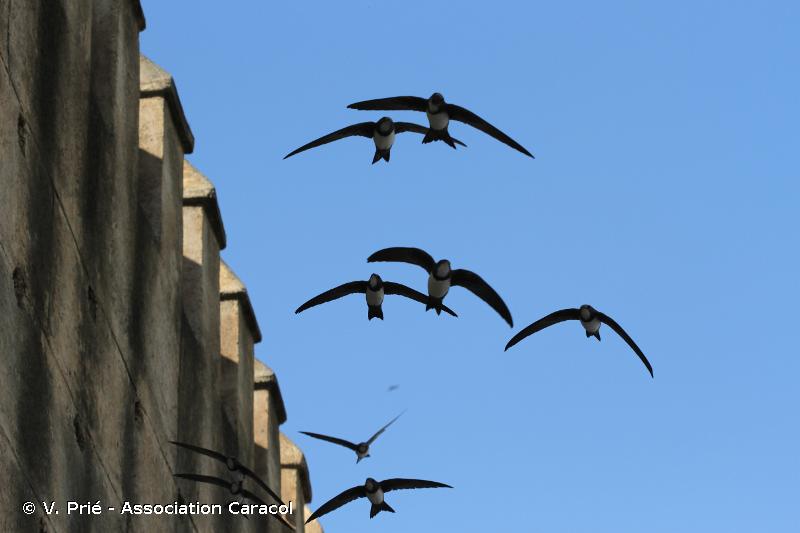
| Author : V. Prié - Association Caracol |
 |
To get the picture, please visit:
Vincent Prié
Association Caracol
84 chemin du Castellas 34700 Lodève
email : inpn@mnhn.fr
Despite the Creative Commons license, please inform the author of the use which will be made of his photo
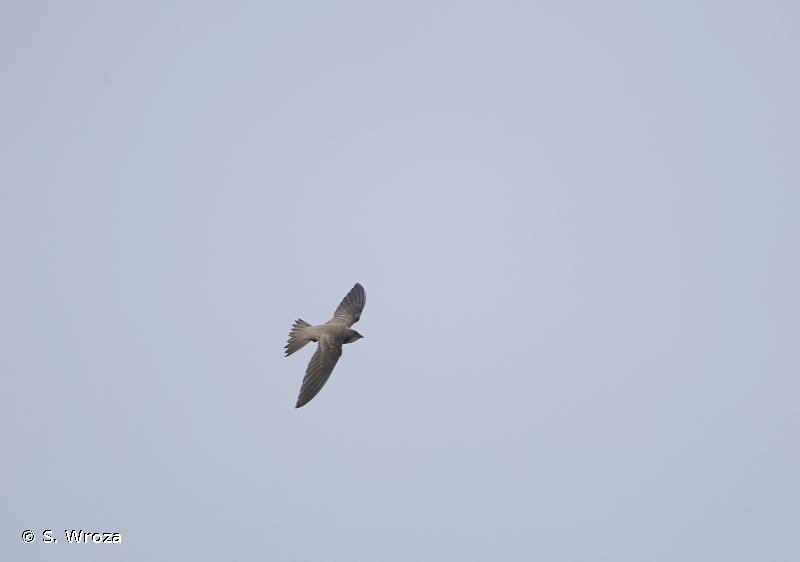
| Author : S. Wroza |
 |
Despite the Creative Commons license, please inform the author of the use which will be made of his photo

| Author : S. Wroza |
 |
Despite the Creative Commons license, please inform the author of the use which will be made of his photo
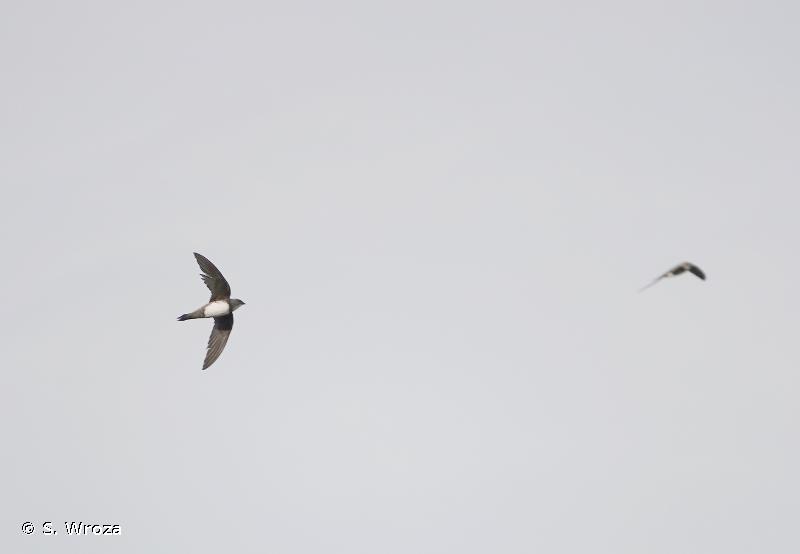
| Author : S. Wroza |
 |
Despite the Creative Commons license, please inform the author of the use which will be made of his photo
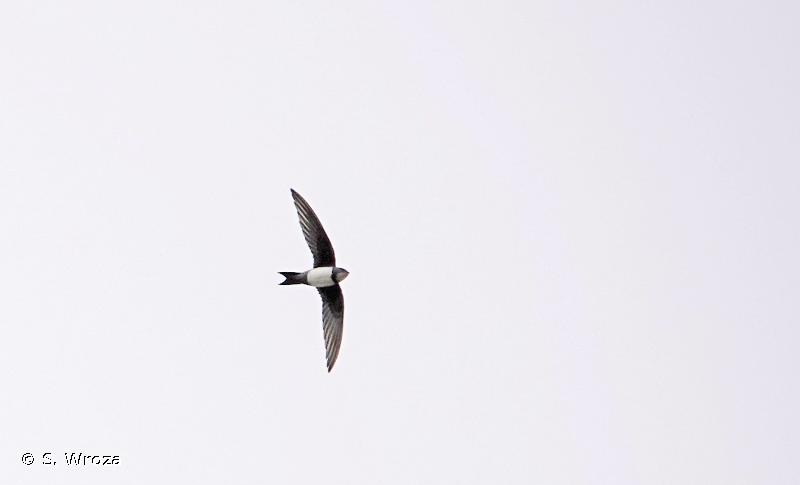
| Author : S. Wroza |
 |
Despite the Creative Commons license, please inform the author of the use which will be made of his photo
Taille/poids :
Longueur totale : 20 à 22 cm. Poids : 100 g (extrêmes 80-120 g).
Diagnose :
Il s'agit du plus grand des martinets européens. Son corps en forme de fuseau est uniformément brun foncé sur le dessus, blanc dessous avec une bande pectorale brune. On le distingue bien des autres martinets par sa taille plus imposante, son ventre blanc et son cri de crécelle très caractéristique, modulé jusqu'à un trille très puissant émis lors des jeux aériens en groupe.
Détermination :
Simple. Facile sur photo.
Avril à octobre.
Biologie-éthologie :
Le régime alimentaire est essentiellement composé d'insectes capturés en vol.
Biogéographie et écologie :
Son aire de répartition en période de reproduction s'étend au nord sur l'Europe méridionale jusqu'au sud de l'Allemagne, avec une limite septentrionale dans la région de Fribourg en Suisse, à l'est en Asie depuis l'Iran jusqu'en Inde, enfin au sud jusqu'en Afrique du Nord, orientale et méridionale et à Madagascar. Le Martinet à ventre blanc est un oiseau rupestre qui habite essentiellement les sites à climat chaud. Ainsi dans les Alpes, l'espèce est régulièrement présente dans les Préalpes calcaires soumises aux influences méditerranéennes alors qu'elle est plus localisée dans les massifs internes cristallins et froids. A la différence du Martinet noir (Apus apus), cette espèce montre une nette préférence pour nicher dans des sites naturels mais semble se satisfaire de plus en plus des sites urbanisés.
Compilé par J. Comolet-Tirman à partir des Cahiers d’habitats.(UMS 2006 Patrimoine Naturel (AFB / CNRS / MNHN)),2017
Continental
Metropolitan France
Overseas
Marine
Metropolitan France
Overseas
The map presents a summary at the 10 x 10 km grid of the observation data for the species transmitted to the SINP. These data have been subjected to validation filters.
The map presents a reference distribution layer of the species at the scale of departments and marine sectors. The presence and absence data were established by expertise within a network of partners. This reference distribution is used in the validation process of the SINP data at the INPN level.
Corresponds to a report on the basis of at least one observation proved within a period of 10 years (20 years for little-known invertebrates) preceding the year and no presumption of extinction since obtaining the last data nor doubt on reproductive and implemented nature of this population. For migratory species, the presence indicated concerns areas of reproduction.
This status is based on one or more of the following criteria:
This point covers the absence, more difficult by nature to demonstrate than presence. This status is based on one or more of the following criteria:
This status must be assigned to a department in which the presence of the species is casual.
Particular case of absence due to a proven extinction less than a half century ago (older disappearances are treated as "no probable or definite").
In the state of knowledge, we can not comment on the presence or absence in the current department. This is the default status when not comprised in one of the previous categories or whenever there is doubt.
The map shows the global distribution of the species based on GBIF data (Global Biodiversity Information Facility).
